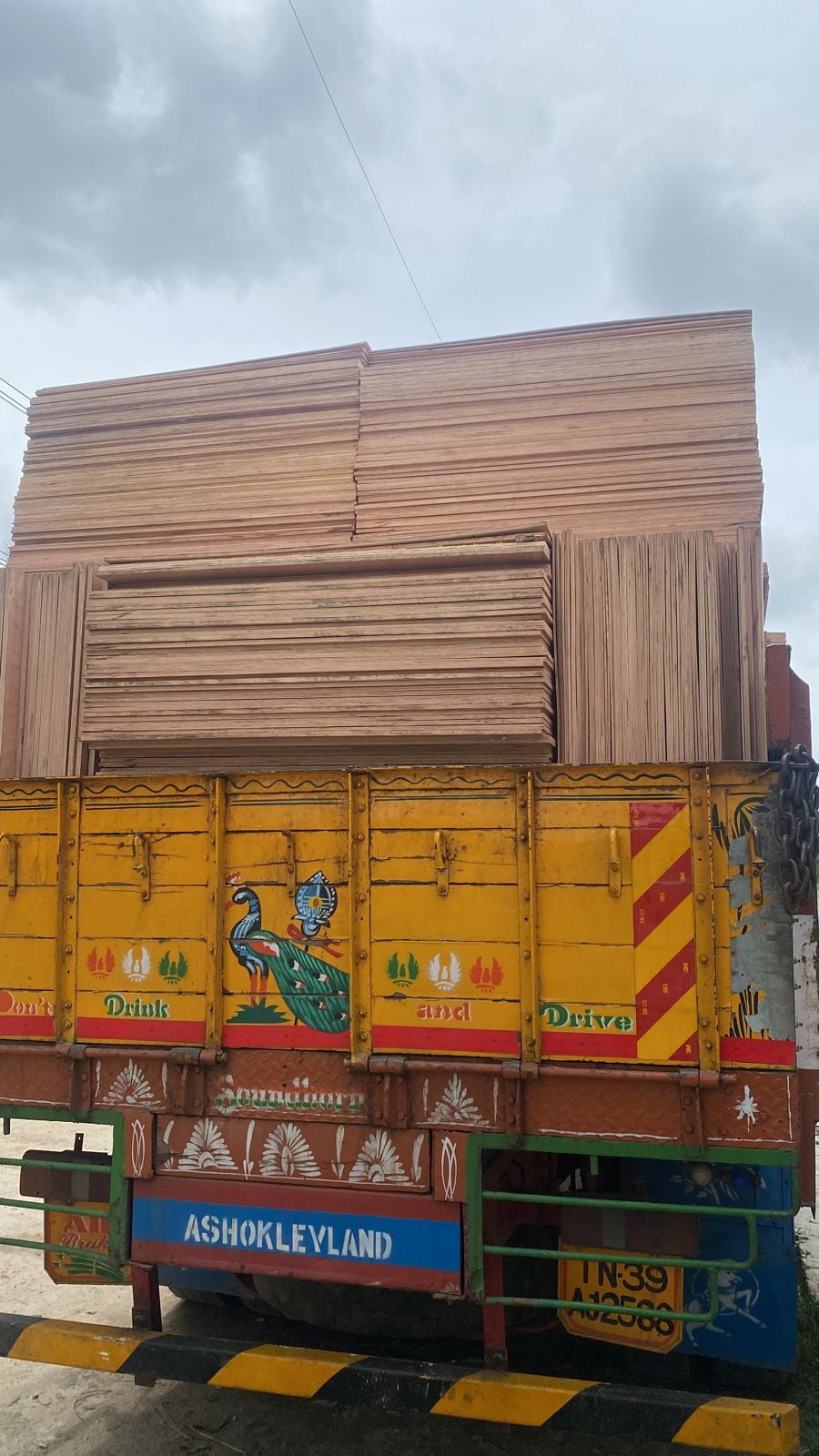Introduction
Plywood and solid wood finger joint boards serve as essential engineered wood products frequently employed in construction and woodworking ventures. Despite sharing certain similarities, they exhibit distinct characteristics.

Composition:
Plywood: Comprising multiple layers of thin wood planks glued together, plywood boasts cross-grain construction, enhancing its strength, stability, and resistance to warping.
Solid Wood Finger Joint Boards: Crafted by interlocking small pieces of solid wood, finger joint boards yield long, wide boards featuring consistent wood grain.
Material:
Plywood: Derived from various wood types, plywood may utilize hardwoods, softwoods, or a blend. Its quality and durability correlate with the wood species and manufacturing techniques.
Solid Wood Finger Joint Boards: Typically hewn from solid wood, particularly hardwood species like oak, maple, or pine, finger joint boards amalgamate meticulously machined pieces to form lengthy boards.
Strength & Stability:
Plywood: Renowned for its robustness and dimensional steadiness, plywood's layered structure and cross-grain orientation counteract natural expansion and contraction tendencies, mitigating warping and splitting.
Solid Wood Finger Joint Boards: Boasting commendable strength and stability, finger joint boards feature interlocking joints, fortifying connections and enabling prolonged and broader board formations sans compromising stability.
Appearance and aesthetics:
Plywood: Exhibiting a uniform appearance, plywood often reveals stacked layers along its edges. The quality, grade, and finish of its face and back veneers contribute to its overall visual allure.
Solid Wood Finger Joint Boards: Retaining the natural wood grain pattern, finger joint boards exude a traditional, organic charm, accentuated by visible leg joints that enhance the overall aesthetic appeal.
Applications:
Plywood: Employed extensively in diverse applications like furniture, cabinetry, flooring, roofing, and structural sheathing, plywood offers versatility with varied thicknesses and grades to suit specific project requisites.
Solid Wood Finger Joint Boards: Prized for applications necessitating solid wood aesthetics and extended length, finger joint boards find utility in furniture crafting, interior trim, molding, and decorative undertakings.
Conclusion:
In essence, while both plywood and solid wood finger joint boards play pivotal roles, plywood stands out for bolstered strength and stability courtesy of its layered construction, whereas finger joint boards excel in delivering a natural, uninterrupted wood grain appearance. The choice between them hinges on project-specific demands encompassing strength, aesthetics, and budget considerations.






